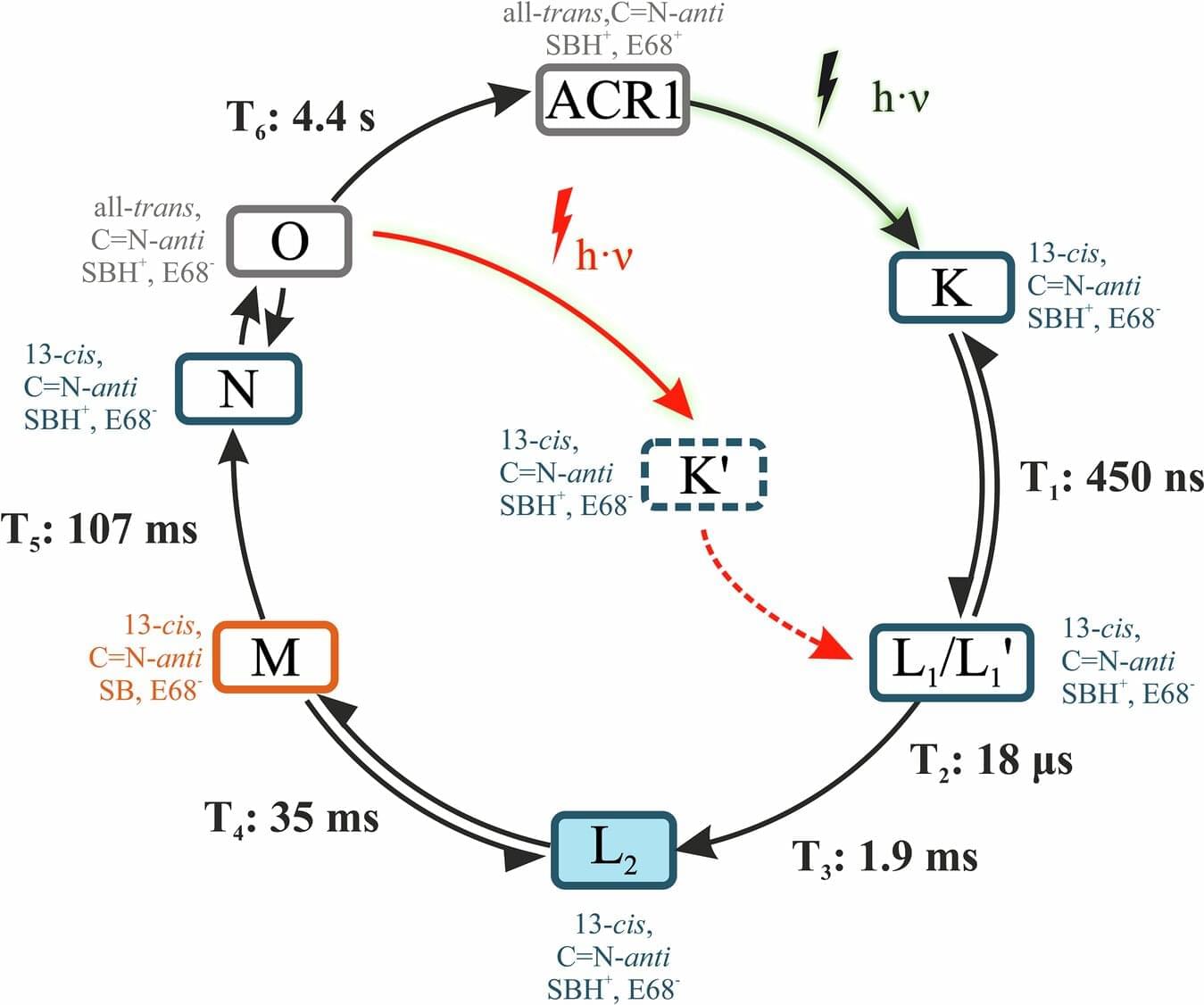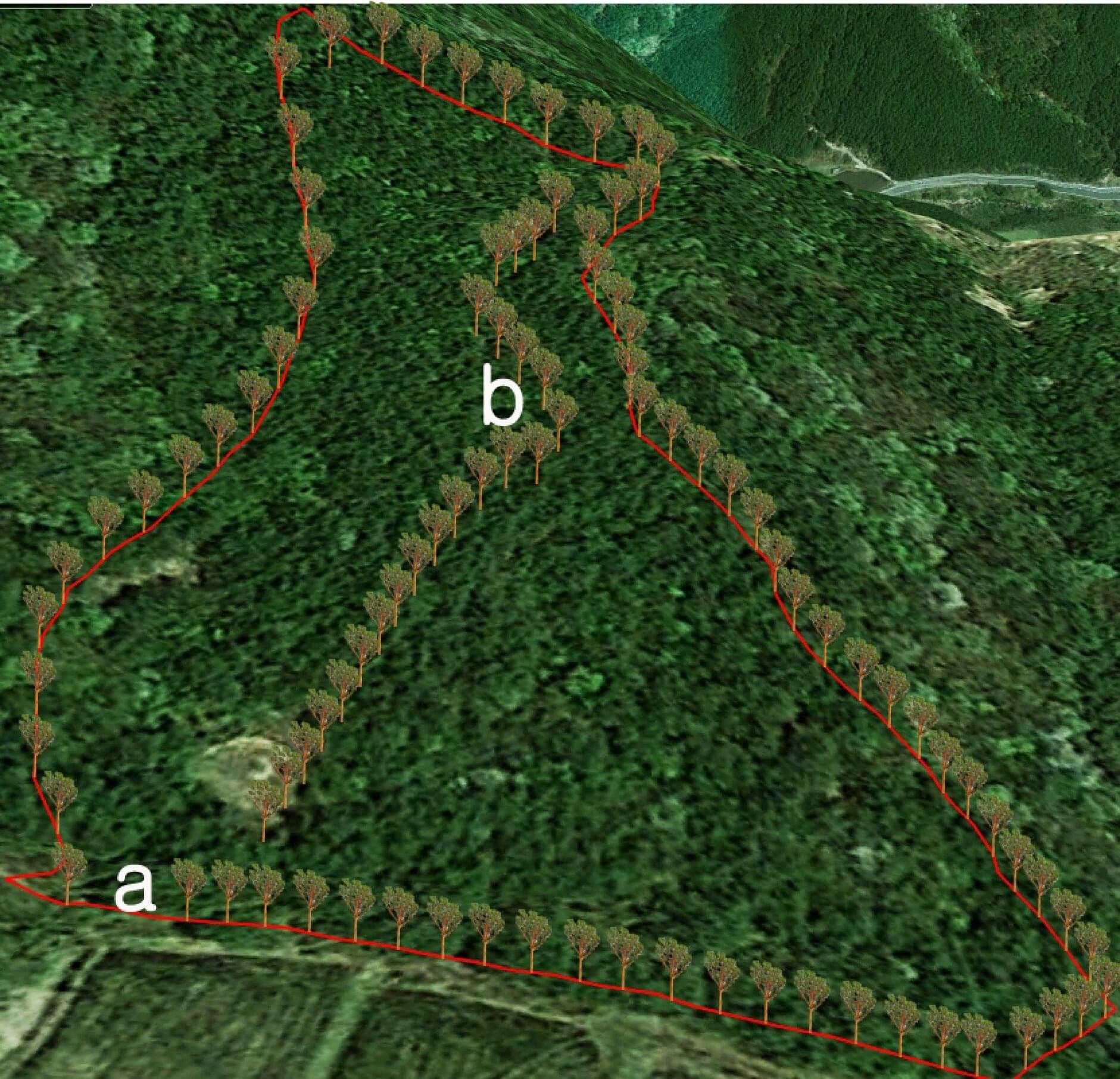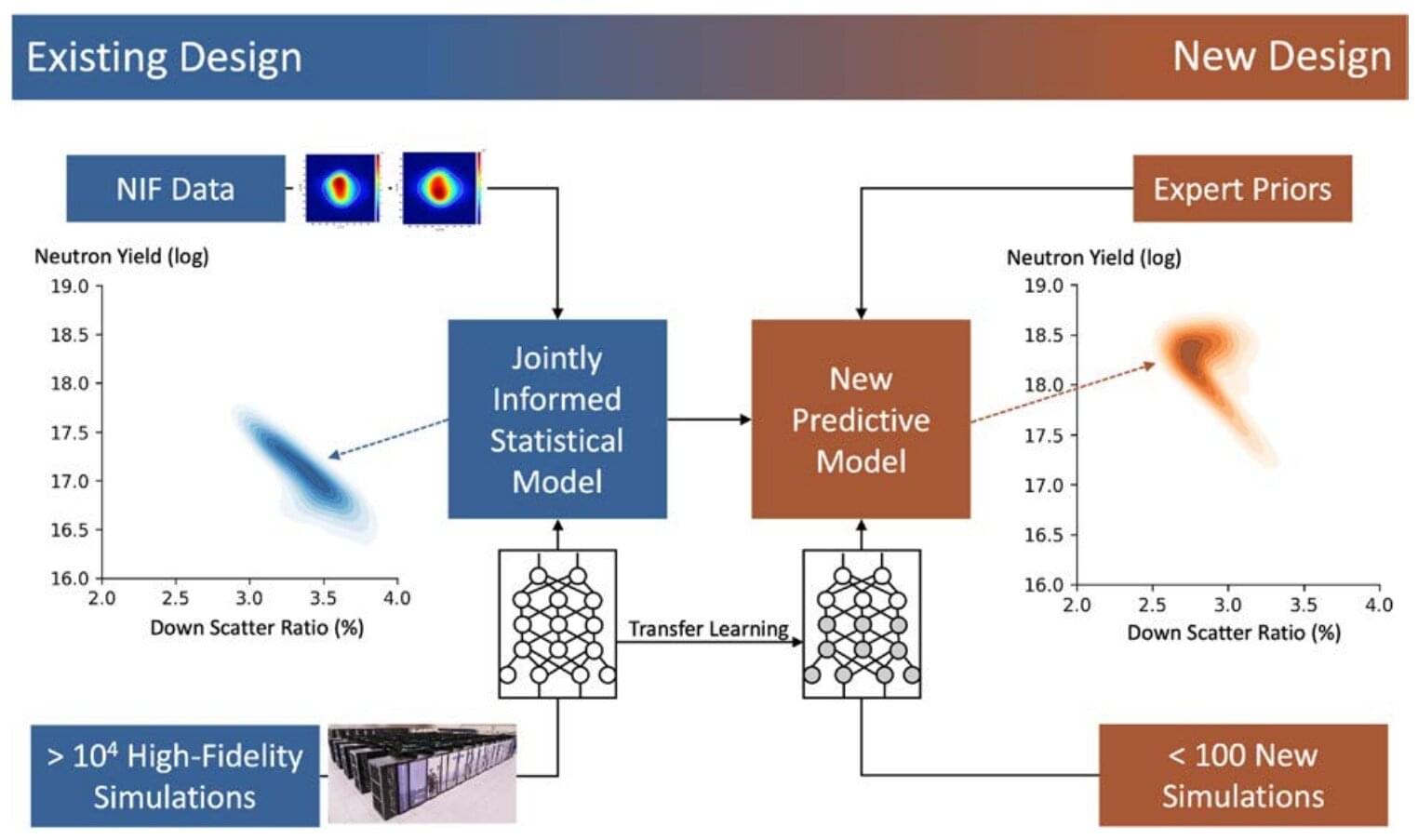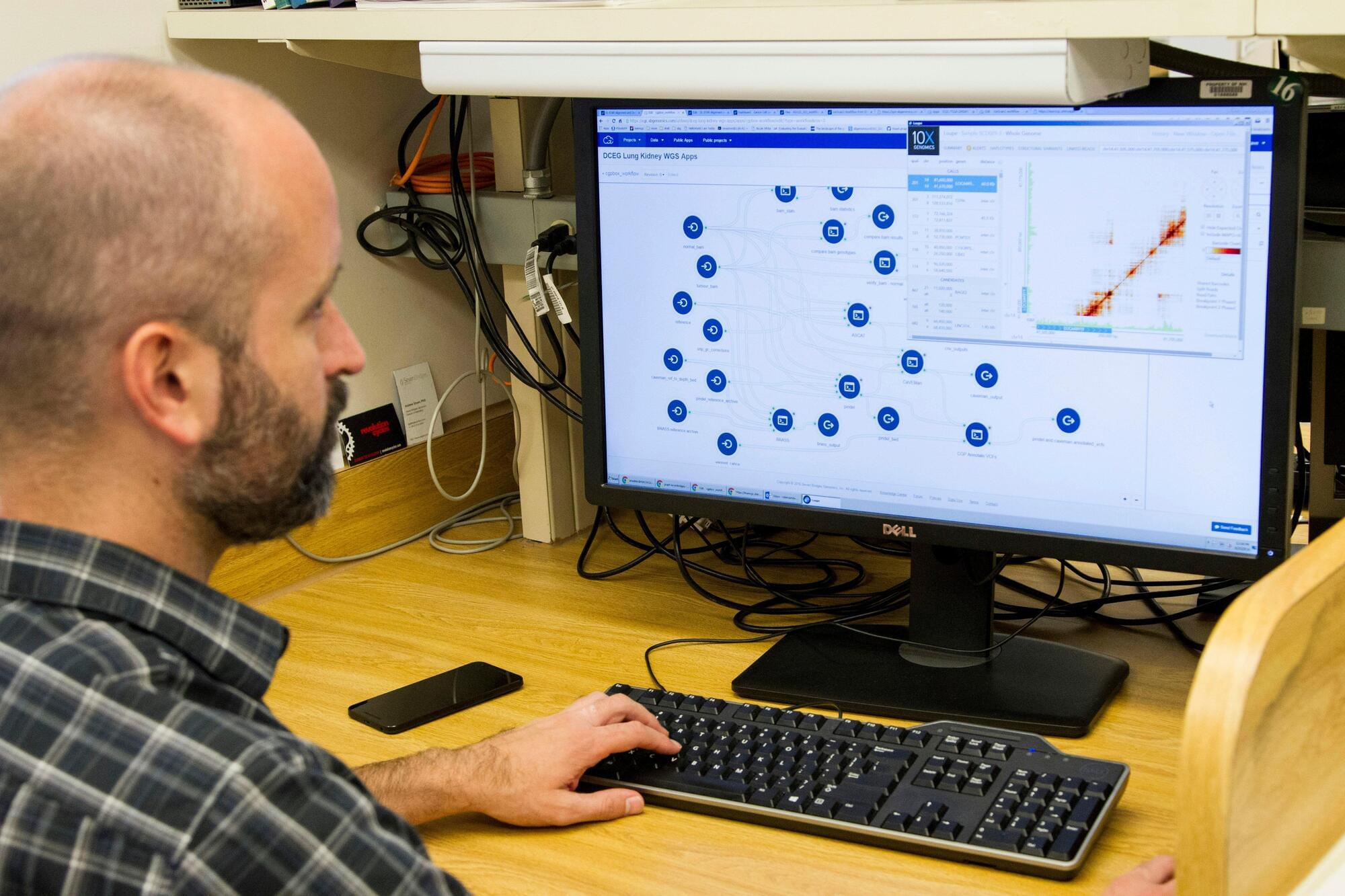We bring you an exclusive behind-the-scenes look at this iconic mission with Dr Linda Spilker, from her first job out of college to serving as the current Voyager Project Scientist.
Get the latest international news and world events from around the world.
The Last Time NASA’s Voyager “Looked Back” At Our Solar System, This Is What It Saw
Before it met the 30,000–50,000 kelvin wall at the edge of our Solar System, Voyager 1 took its final images.


Machine Learning Interatomic Potentials in Computational Materials
Machine learning interatomic potentials (MLIPs) have become an essential tool to enable long-time scale simulations of materials and molecules at unprecedented accuracies. The aim of this collection is to showcase cutting-edge developments in MLIP architectures, data generation techniques, and innovative sampling methods that push the boundaries of accuracy, efficiency, and applicability in atomic-scale simulations.

Red meat gut byproduct linked to elevated risk of abdominal aortic aneurysms
Cleveland Clinic researchers have discovered a connection between elevated blood levels of TMAO (trimethylamine N-oxide)—a byproduct of gut bacteria digestion of nutrients found in red meat and other animal products—and a higher risk of abdominal aortic aneurysms.
The findings, published in JAMA Cardiology, suggest that TMAO may play a role in the development, progression, and severity of this life-threatening condition, including faster rates of aneurysm expansion and greater risk for needing surgery.
“These results suggest targeting TMAO levels may help prevent and treat aneurysmal disease beyond surgery,” said lead author Scott Cameron, M.D., section head of Vascular Medicine at Cleveland Clinic.

Solar trees provide opportunity to meet renewable energy targets without deforestation
With the right technology, solar energy has the potential to meet all of the world’s electricity needs, but we are still a long way off from that point. Still, governments around the world are setting high objectives for renewable energy. Many world leaders have set commitments to phase out coal power and transition away from fossil fuels, and solar panel installations are currently one of the top contenders for implementing these plans.
However, solar energy has a bit of a dark secret. In some places, putting up these massive solar panel installations requires cutting down hundreds or even thousands of hectares of forests over time. In South Korea, deforestation caused by solar installations affected 529 hectares of forest in 2016, 1,435 hectares in 2017, and 2,443 hectares in 2018.
Of course, there are some solar installations located in deserts or other treeless landscapes that don’t have this issue. But those that do end up cutting out an incredibly important carbon sink, first worsening the problem they are attempting to alleviate. This deforestation then causes further issues with erosion and the destruction of natural habitats.

New AI model advances fusion power research by predicting the success of experiments
Practical fusion power that can provide cheap, clean energy could be a step closer thanks to artificial intelligence. Scientists at Lawrence Livermore National Laboratory have developed a deep learning model that accurately predicted the results of a nuclear fusion experiment conducted in 2022. Accurate predictions can help speed up the design of new experiments and accelerate the quest for this virtually limitless energy source.
In a paper published in Science, researchers describe how their AI model predicted with a probability of 74% that ignition was the likely outcome of a small 2022 fusion experiment at the National Ignition Facility (NIF). This is a significant advance as the model was able to cover more parameters with greater precision than traditional supercomputers.
Currently, nuclear power comes from nuclear fission, which generates energy by splitting atoms. However, it can produce radioactive waste that remains dangerous for thousands of years. Fusion generates energy by fusing atoms, similar to what happens inside the sun. The process is safer and does not produce any long-term radioactive waste. While it is a promising energy source, it is still a long way from being a viable commercial technology.


Carbon nanotube ‘smart windows’ offer energy savings
Half of the sun’s radiant energy falls outside of the visible spectrum. On a cold day, this extra infrared light provides additional warmth to residential and commercial buildings. On a warm day, it leads to unwanted heating that must be dealt with through energy-intensive climate control methods such as air-conditioning. Visibly transparent “smart windows” that can modulate the transmission of near infrared light offer one potential cost- and energy-saving measure for modern infrastructure. To work towards solving this technological challenge, a multidisciplinary team of researchers at

Using nature to fight liver cancer
You may not be aware that most of the medicines that have been approved for treatment are rooted in nature.
For example, the bark of willow trees has been called nature’s aspirin because it contains a chemical called salicin. The human body converts salicin into salicylic acid, which relieves pain and fights fevers.
New research by William Chain, associate professor in the University of Delaware’s Department of Chemistry and Biochemistry, and his lab, uses a molecule found in a tropical fruit to offer hope in the fight against liver-related cancers, one of the world’s top causes of cancer deaths.
Chemistry breakthrough provides pathway to low cost treatments.